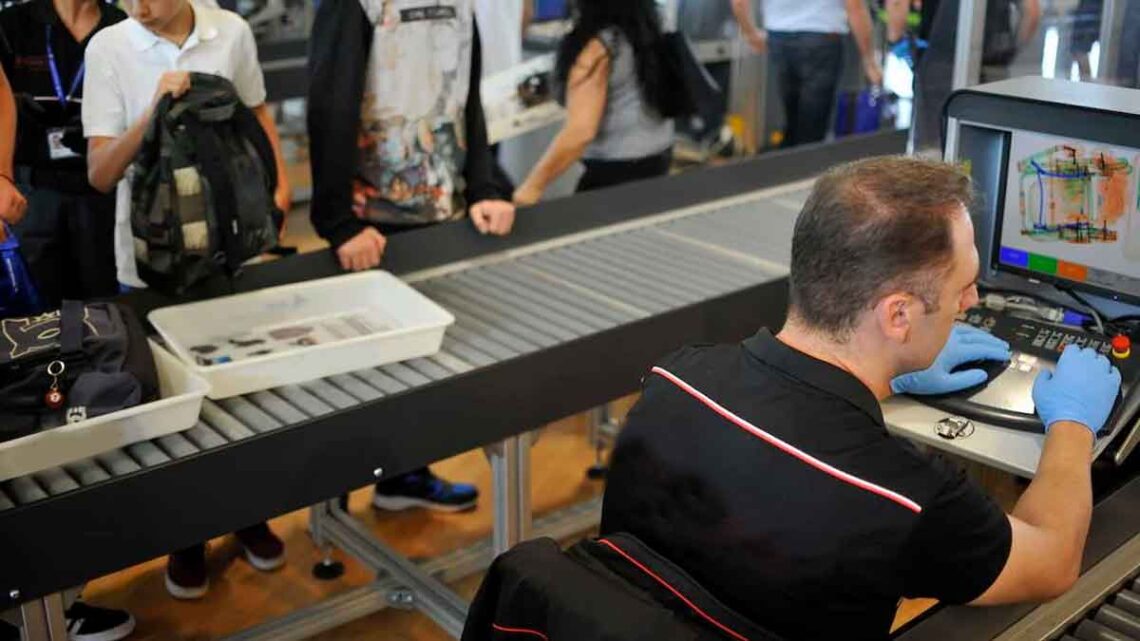Innovations in airport security technology are poised to transform the traveling experience. At present, the 3-1-1 rule allows carry-on liquids only in containers holding a maximum of 3.4 ounces each in one-quart zippered plastic bags. However, new security advancements might change this soon and allow liquid items of some considerable size to pass through airport screening. For example, advanced CT scanners, which use 3D imaging to detect unauthorized liquids, are already in use at some airports. These scanners remotely identify dangerous substances without strict container size limitations. In 2023, some European airports introduced this technology, which eliminated restrictions altogether. Similar changes are coming in the future, according to the U.S. Transportation Security Administration (TSA).
Full-sized liquids allowed under current TSA rules
While the overall restrictions are there, there are a few exceptions that allow you to bring specific full-sized liquids through airport security in your carry-on luggage. Per TSA guidelines, the following items are permitted:
- Over-the-counter medications: Includes syrups, creams, and other liquid treatments.
- Prescription medications: Allowed in gel, liquid, or aerosol form when properly labeled.
- Ice packs or frozen coolers: Only for medically necessary items.
- Food and drink for babies and toddlers: Such as formula, breast milk, and pureed food.
- Wet batteries: Medical devices use only this.
- Live fish transported in water: Must be contained in suitable, well-sealed containers.
- Biological specimens: Such as tissue samples needed for medical purposes.
- Breast milk or infant formula: Transportable up to a limitless size.
- Liquid-filled teething toys: Make life a whole lot easier for infants during travel.
- Duty-Free items: Must be packed in tamper-evident bags.
- Fresh eggs: Rare but possible under specified conditions.
Permitted liquids screening procedures
In order to ensure safety, these permitted liquids are screened by the TSA through a variety of methods. Officers may test the liquids for explosives or concealed prohibited items. If travelers are unwilling to open their liquid medication for physical inspection or expose it to X-rays, TSA will perform alternate screening procedures. These alternate methods can range from manual inspections and advanced imaging technology (AIT) scanning assistive technology to the more thorough inspection of carry-on bags.
Travelers carrying full-sized liquids exempted under these exceptions should inform TSA officers of them at the checkpoint. Proactive notification allows for expedited screening and minimizes delays. For instance, parents traveling with breast milk or patients with gel-based medications should make it clear that they contain any of these items. With the evolution of detection devices and the adaptation of more travel-friendly lives in airports, the future of liquid restrictions is continuing to shift. In this case, while changes take time, current compliance with TSA regarding exceptions will allow the smoothest airport security passage.
Follow our viral news from the corresponding section that you can see on this information website in the United States of America to stay up to date on interesting articles.






